Webb sheds light on galaxy evolution, black holes
Tuesday, 12 July 2022 14:13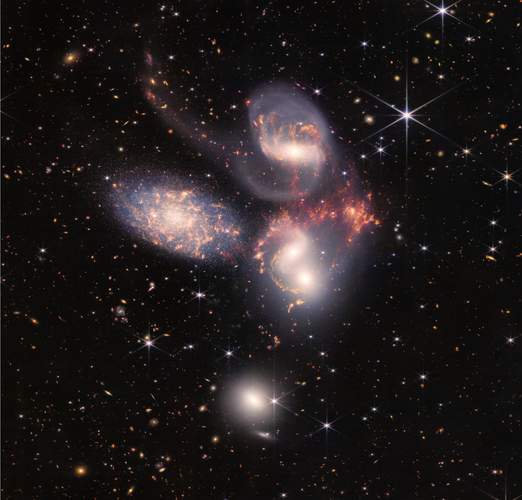
In this enormous new image, the NASA/ESA/CSA James Webb Space Telescope reveals never-before-seen details of the galaxy group “Stephan’s Quintet”.
Close proximity of the system gives astronomers a ringside seat to galactic mergers and interactions. Webb’s new image also shows in rare detail how interacting galaxies trigger star formation in each other and how gas in galaxies is being disturbed and the outflows driven by a black hole in Stephan’s Quintet in a level of detail never seen before. Tight galaxy groups like this may have been more common in the early Universe when superheated, infalling
La NASA revela las primeras imágenes del telescopio Webb de un universo nunca antes visto
Tuesday, 12 July 2022 14:02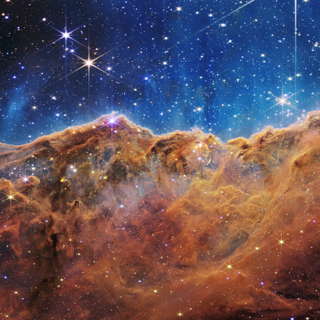 El amanecer de una nueva era en la astronomía ha comenzado mientras el mundo ve por primera vez las capacidades completas del telescopio espacial James Webb de la NASA, en asociación con la Agencia Espacial Europea (ESA, por sus siglas en inglés) y la Agencia Espacial Canadiense (CSA, por sus siglas en inglés).
El amanecer de una nueva era en la astronomía ha comenzado mientras el mundo ve por primera vez las capacidades completas del telescopio espacial James Webb de la NASA, en asociación con la Agencia Espacial Europea (ESA, por sus siglas en inglés) y la Agencia Espacial Canadiense (CSA, por sus siglas en inglés). Webb captures dying star’s final ‘performance’ in fine detail
Tuesday, 12 July 2022 14:01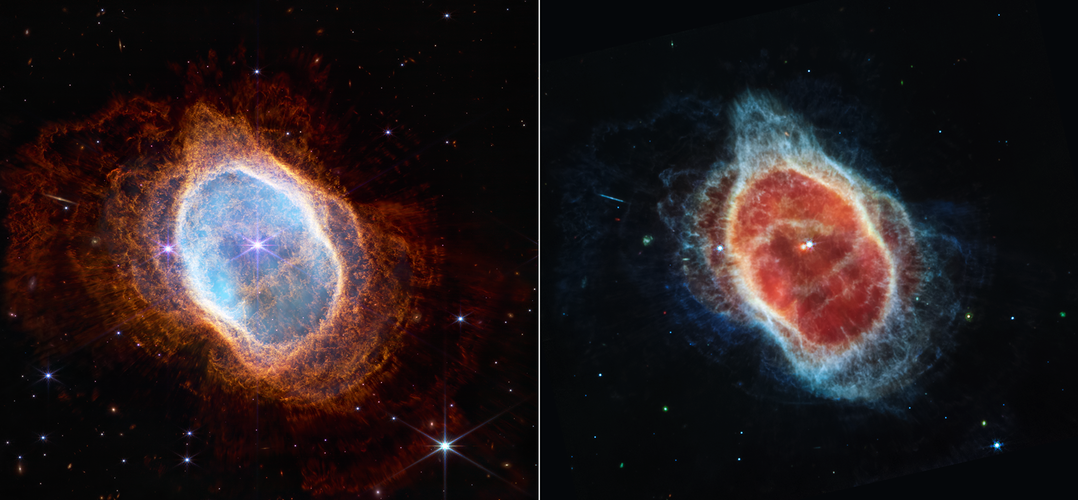
The NASA/ESA/CSA James Webb Space Telescope has revealed details of the Southern Ring planetary nebula that were previously hidden from astronomers.
Webb reveals steamy atmosphere of distant planet in exquisite detail
Tuesday, 12 July 2022 13:46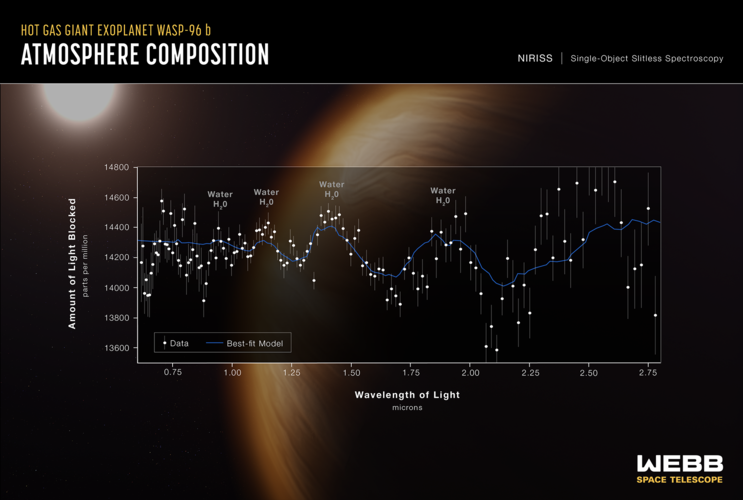
Webb’s enormous mirror and precise instruments joined forces to capture the most detailed measurements of starlight filtering through the atmosphere of a planet outside our Solar System to date.
The spectrum of light – which contains information about the makeup of a planetary atmosphere 1,150 light-years away – reveals the distinct signature of water. The strength of the signal that Webb detected hints at the significant role the telescope will play in the search for potentially habitable planets in the coming years. Webb’s powerful new view also shows evidence of haze and clouds that previous studies
Members of the public won time on the James Webb Space Telescope
Tuesday, 12 July 2022 13:34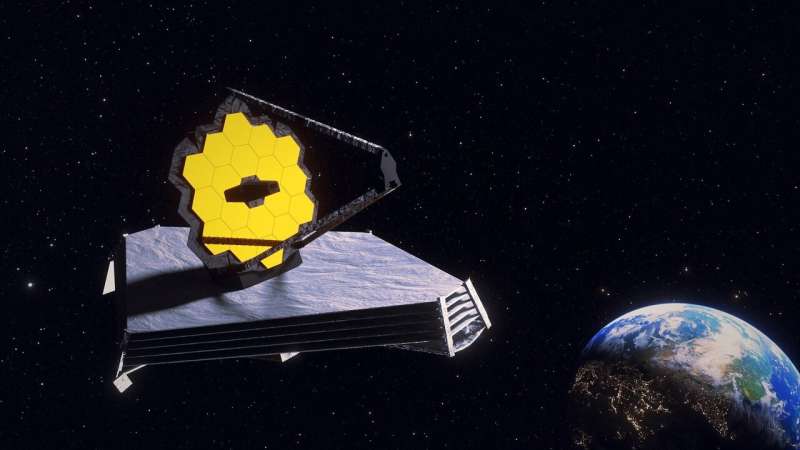
Think only professional astronomers will have access to the James Webb Space Telescope? Think again!
Three citizen scientists—members of the public—have discovered new astronomical objects that Webb will soon view. One of these volunteers is a co-investigator on a winning Webb proposal.
Later today, NASA, in partnership with the European Space Agency and the Canadian Space Agency, will release the first full-color images and spectroscopic data from the James Webb Space Telescope. But long before then, citizen scientists at Backyard Worlds: Planet 9 were working hard to find new nearby objects that Webb could follow-up. The citizen scientists who discovered Webb targets all work on this citizen science project.
"Even though the process was occasionally painstaking, it was worth it," said Arttu Sainio, who discovered a new object that Webb will examine. Sainio's discovery is a "brown dwarf," a ball of gas too cool to be considered a star, a key to understanding exoplanets. "I end up discovering hundreds of brown dwarf candidates and many of them have been followed up and researched." Citizen scientists Melina Thevenot and Dan Caselden also discovered brown dwarfs Webb will study.
NRO space missions mark new level of US-Australia cooperation
Tuesday, 12 July 2022 13:28
Two upcoming Rocket Lab launches for the National Reconnaissance Office will send to orbit classified spy satellites that the U.S. intelligence agency developed jointly with the Australian government.
The post NRO space missions mark new level of US-Australia cooperation appeared first on SpaceNews.
Space agriculture boldly grows food where no one has grown before
Tuesday, 12 July 2022 13:24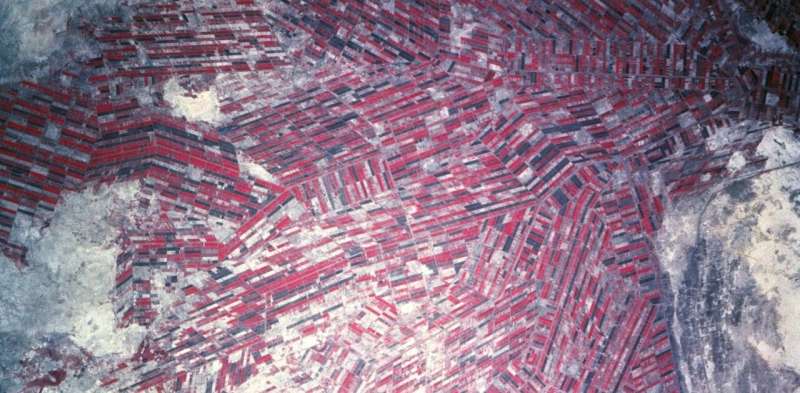
Whether to spend money on outer space exploration or to apply it to solve serious problems on Earth, like climate change and food shortages, is a contentious debate. But one argument in favor of space exploration highlights benefits that do, in fact, help study, monitor and address serious concerns like climate change and food production.
As access to space increases, the potential for terrestrial benefits directly tied to space exploration grow exponentially.
For example, agriculture has been improved significantly through the application of space-based advances to terrestrial challenges. It is now increasingly likely that food items have been produced with the assistance of space-based technologies, like freeze-dried foods, or through the use of crop monitoring from space-based observatories.
China is considering a nuclear-powered mission to Neptune
Tuesday, 12 July 2022 13:23
One look at the Planetary Decadal Survey for 2023–2032, and you will see some bold and cutting-edge mission proposals for the coming decade. Examples include a Uranus orbiter and probe (UOP) that would study Uranus' interior, atmosphere, magnetosphere, satellites, and rings; and an Enceladus orbiter and surface lander to study the active plumes emanating from Enceladus' southern polar region. Not to be outdone, China is also considering a nuclear-powered Neptune Explorer to explore the ice giant, its largest moon (Triton), and its other satellites and rings.
The mission was the subject of a study conducted by researchers from the China National Space Agency (CNSA), the Chinese Academy of Sciences (CAS), the China Atomic Energy Authority, the China Academy of Space Technology, and multiple universities and institutes.
China's Tianwen-1 has imaged the entire surface of Mars, completing its primary mission
Tuesday, 12 July 2022 13:01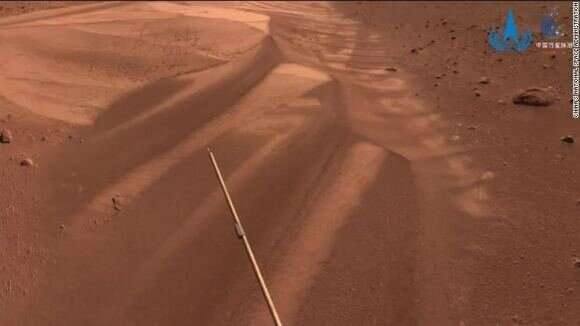
After exploring Mars for more than a year, China's Tianwen-1 space probe has successfully taken images covering the entire Red Planet, China's National Space Administration (CNSA) announced on June 29. Tianwen-1, which translates to "quest for heavenly truth," consists of six separate spacecraft: an orbiter, two deployable cameras, lander, remote camera, and Zhurong rover. The images in question were taken by the orbiter while circling Mars 1,344 times, capturing images of the Red Planet from every angle while Zhurong explored the surface. in the statement, CNSA said the probe has now completed all of its tasks, which included taking medium-resolution images covering the entire planet.
Tianwen-1 was launched on July 23, 2020, amidst the turmoil of the COVID-19 global pandemic.
Ariane 6 central core transferred to mobile gantry
Tuesday, 12 July 2022 13:00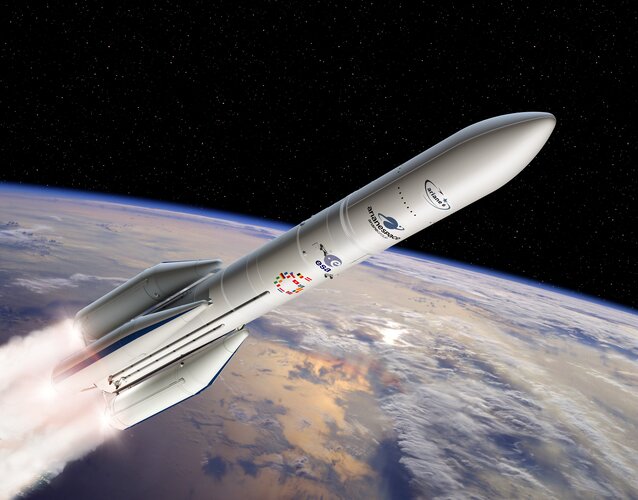
The Ariane 6 launch pad at Europe’s Spaceport in French Guiana now hosts the first example of ESA’s new heavy-lift rocket. This Ariane 6 combined tests model will be used to validate the entire launch system during its ground phase in readiness for the inaugural launch of Ariane 6.
A swarm of swimming robots to search for life under the ice on Europa
Tuesday, 12 July 2022 12:59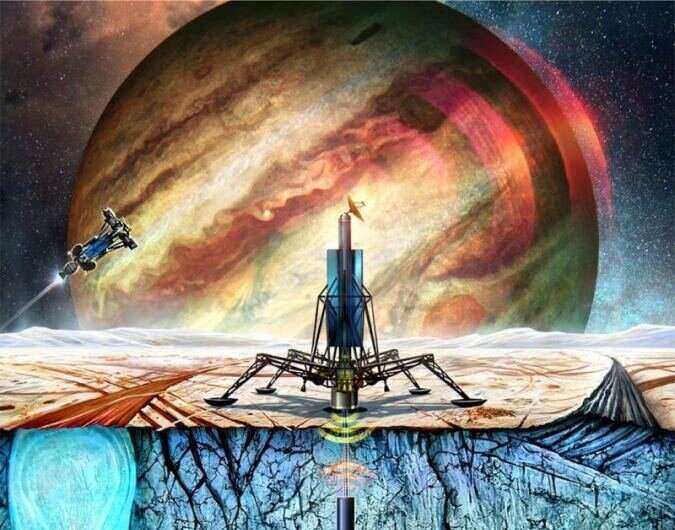
When Galileo pointed his telescope at Jupiter 400 years ago, he saw three blobs of light around the giant planet, which he at first thought were fixed stars.
Uncontrolled rocket descents pose a 10% risk of killing one or more people over the next ten years
Tuesday, 12 July 2022 12:10
Space cybersecurity firm SpiderOak adds retired general Pawlikowski to its advisory board
Tuesday, 12 July 2022 12:01
Space cybersecurity firm SpiderOak on July 12 announced the appointment of former DoD and military officials to its advisory board.
The post Space cybersecurity firm SpiderOak adds retired general Pawlikowski to its advisory board appeared first on SpaceNews.
BAE Systems delivers jam-resistant GPS receivers to Germany
Tuesday, 12 July 2022 12:00
BAE Systems delivered to Germany advanced GPS M-code receivers.
The post BAE Systems delivers jam-resistant GPS receivers to Germany appeared first on SpaceNews.
NASA Reveals Webb Telescope’s First Images of Unseen Universe
Tuesday, 12 July 2022 11:21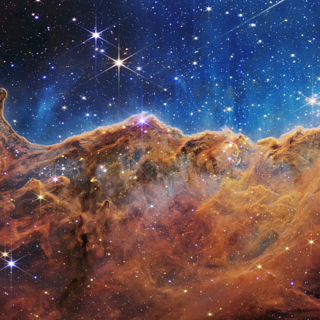 The dawn of a new era in astronomy has begun as the world gets its first look at the full capabilities of NASA’s James Webb Space Telescope, a partnership with ESA (European Space Agency) and CSA (Canadian Space Agency).
The dawn of a new era in astronomy has begun as the world gets its first look at the full capabilities of NASA’s James Webb Space Telescope, a partnership with ESA (European Space Agency) and CSA (Canadian Space Agency). 